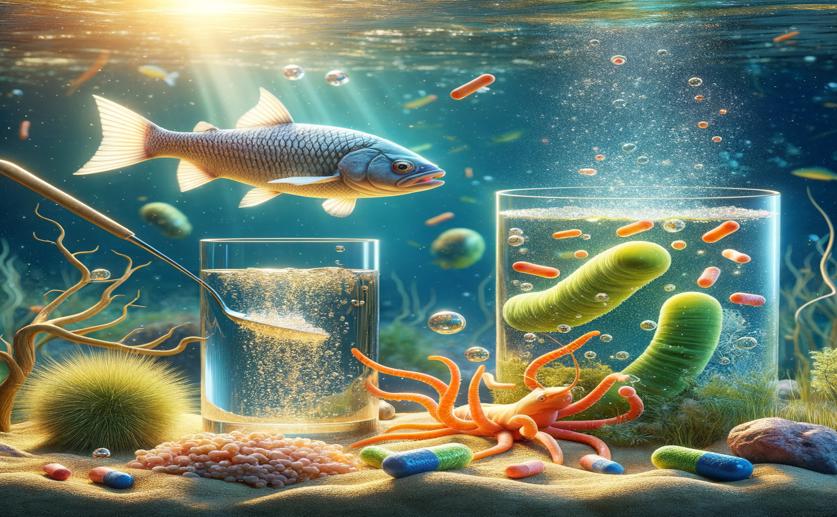
How Arsenic Impacts Gut Bacteria and Builds Up in Freshwater Organisms
Jenn Hoskins
17th May, 2024

Image Source: Natural Science News, 2024
Key Findings
- Researchers at South China Agricultural University studied the impact of arsenic on the gut microbiota of apple snails
- Low arsenic levels increased gut bacteria, while high levels decreased them
- Gut microbiota play a crucial role in arsenic bioaccumulation and biotransformation in apple snails
EnvironmentBiochemAnimal Science
References
Main Study
1) Effects of arsenic on gut microbiota and its bioaccumulation and biotransformation in freshwater invertebrate.
Published 14th May, 2024
https://doi.org/10.1016/j.jhazmat.2024.134623
Related Studies
2) Low-level environmental metal pollution is associated with altered gut microbiota of a wild rodent, the bank vole (Myodes glareolus).
3) Toxicity of tri- and penta-valent arsenic, alone and in combination, to the cladoceran Daphnia carinata: the influence of microbial transformation in natural waters.
4) Intestinal uptake and low transformation increase the bioaccumulation of inorganic arsenic in freshwater zebrafish.



 15th May, 2024 | Jenn Hoskins
15th May, 2024 | Jenn Hoskins